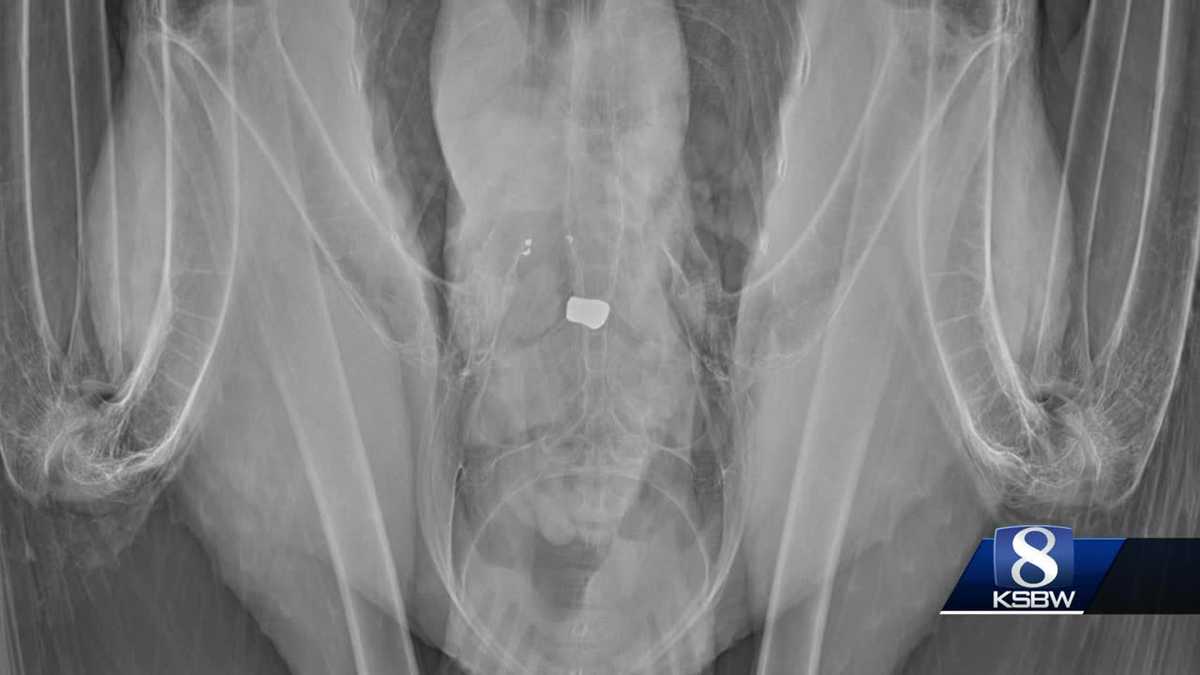A rare California condor named has died from lead poisoning after undergoing emergency surgery at the Oakland Zoo. Experts are now calling lead poisoning the biggest threat to the species’ survival. Jane, a leader in her flock, collapsed in Big Sur, staggering, unable to eat, and barely able to stand. Biologists from the Ventana Wildlife Society rushed her to the zoo, where veterinarians discovered her digestive tract had completely shut down.Mike Stake, senior wildlife biologist at Ventana Wildlife Society, said, “Lead poisoning is really the greatest threat to the full recovery of the species. And it has been for a long time. We don’t see it every year, but really we see it episodically. In some years we see surges in lead poisoning. So unfortunately, Jane’s death appears to be attributed to lead poisoning.”Stake explained that lead poisoning in condors comes from spent ammunition, which fragments into small pieces upon impact. These fragments are difficult for scavengers like condors to detect, making them easily ingested and highly toxic.Despite California’s statewide ban on lead bullets in 2019, lead is still found in animal carcasses left behind, posing a deadly risk to condors that scavenge these remains. Stake noted, “California has enacted laws that require the use of non-lead ammunition when shooting wildlife. Unfortunately, hunters and ranchers have had trouble finding certain calibers of non-lead ammunition available in their stores, and so availability becomes one of the greatest challenges.”The Ventana Wildlife Society is offering free non-lead ammunition to hunters and ranchers through a grant-funded program accessible within the condor range.
MONTEREY COUNTY, Calif. —
A rare California condor named has died from lead poisoning after undergoing emergency surgery at the Oakland Zoo.
Experts are now calling lead poisoning the biggest threat to the species’ survival.
Jane, a leader in her flock, collapsed in Big Sur, staggering, unable to eat, and barely able to stand.
Biologists from the Ventana Wildlife Society rushed her to the zoo, where veterinarians discovered her digestive tract had completely shut down.
Mike Stake, senior wildlife biologist at Ventana Wildlife Society, said, “Lead poisoning is really the greatest threat to the full recovery of the species. And it has been for a long time. We don’t see it every year, but really we see it episodically. In some years we see surges in lead poisoning. So unfortunately, Jane’s death appears to be attributed to lead poisoning.”
Stake explained that lead poisoning in condors comes from spent ammunition, which fragments into small pieces upon impact.
These fragments are difficult for scavengers like condors to detect, making them easily ingested and highly toxic.
Despite California’s statewide ban on lead bullets in 2019, lead is still found in animal carcasses left behind, posing a deadly risk to condors that scavenge these remains.
Stake noted, “California has enacted laws that require the use of non-lead ammunition when shooting wildlife. Unfortunately, hunters and ranchers have had trouble finding certain calibers of non-lead ammunition available in their stores, and so availability becomes one of the greatest challenges.”
The Ventana Wildlife Society is offering free non-lead ammunition to hunters and ranchers through a grant-funded program accessible within the condor range.

